Hiroshima: 35 Things to Do and Travel Tips 2025

Hiroshima, located in western Japan, boasts amazing sightseeing destinations. We introduce 35 things to do in Hiroshima including six local foods for which the area is famous, the best souvenirs, and other useful information!
Hiroshima: A City with Historic Landmarks and Beautiful Nature
Hiroshima is a prefecture surrounded by mountains to the north and east, facing the Seto Inland Sea. Hiroshima City prospered industrially and commercially even before the World War II and is now one of the largest cities in western Japan.
On August 6, 1945, an atomic bomb was dropped on Hiroshima, causing devastating damage to the city. The Hiroshima Peace Memorial Park, built near ground zero, has become a place of historical interest. Hiroshima Castle and the scenic Shukkeien Garden are also iconic places to visit in Hiroshima City.
Miyajima Island with Itsukushima Shrine's floating torii gate can be easily reached by ferry from the city center. For side trips, consider Onomichi, a city by the Seto Inland Sea, and Fukuyama, which is renowned for its castle, or Kure.
Read on to learn about the best places to visit in Hiroshima City and its surroundings, along with recommendations for cuisine and transportation tips.
Top 35 Things to Do in Hiroshima
2. Orizuru Tower
3. Hiroshima Castle
4. Hiroshima Prefectural Art Museum
5. Hiroshima Museum of Art
6. Mazda Museum
7. Hiroshima Gokoku Shrine
8. Mitaki-dera Temple
9. Senkoji Park
10. Itsukushima Shrine on Miyajima Island
11. Toyokuni Shrine
12. The Five-storied Pagoda
13. Asebi Walkway
14. Daisho-in Temple
15. Omotesando Shopping Street
16. Momijidani Park
17. Miyajima Ropeway
18. Kure Bay
19. Kure Science Museum of Maritime History
20. JMSDF Kure Museum
21. Shimanami Kaido
22. Shukkeien
23. Naka Waste Incineration Plant
24. Senkoji Observatory PEAK
25. Senkoji Temple
26. Fukuyama Castle
27. Tomonoura Bay
28. Takehara
Hiroshima's Local Cuisine
Okonomiyaki
Oysters
Kure Hoso-udon
Tai-meshi
Anago-meshi
Hiroshima Tsukemen
Souvenirs from Hiroshima
Transportation in Hiroshima
Hotels in Hiroshima
1. Hiroshima Peace Memorial Park

The Hiroshima Peace Memorial Park was built with the hopes of creating a peaceful world. It is located across the river from the Atomic Bomb Dome, a World Heritage Site. The Hiroshima Peace Memorial Museum, which displays materials from the aftermath of the atomic bomb, and the Cenotaph for the Atomic Bomb Victims, is also located within the park.
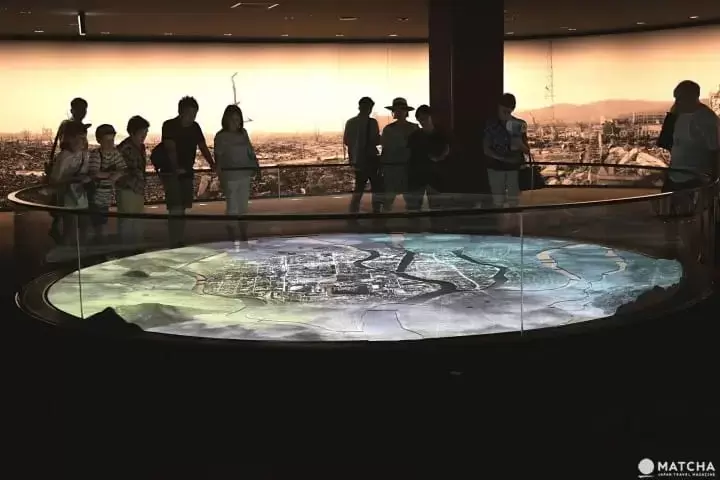
The Hiroshima Peace Memorial Museum contains numerous displays pertaining to the war and bombing, but one which is of particular interest are the 1,000 paper cranes. According to Japanese legend, anyone who folds 1000 paper cranes (held together by strings), will be granted a wish by the Japanese gods. This legend gained newfound popularity through the story of Sadako, a little girl who developed leukemia after the bombing of Hiroshima and began making cranes in hopes of being cured from her illness. There are different versions of the story, some stating that she was successful, others that she was not. In this museum however, you can see the actual cranes folded by Sadako on display.
The Cenotaph and the Atomic Bomb Dome can be viewed from the museum. Visitors can tour the Dome grounds but are not allowed to enter the building. The area is illuminated at night, creating a different atmosphere than during the day.
Hotels near Peace Memorial Park
2. Orizuru Tower
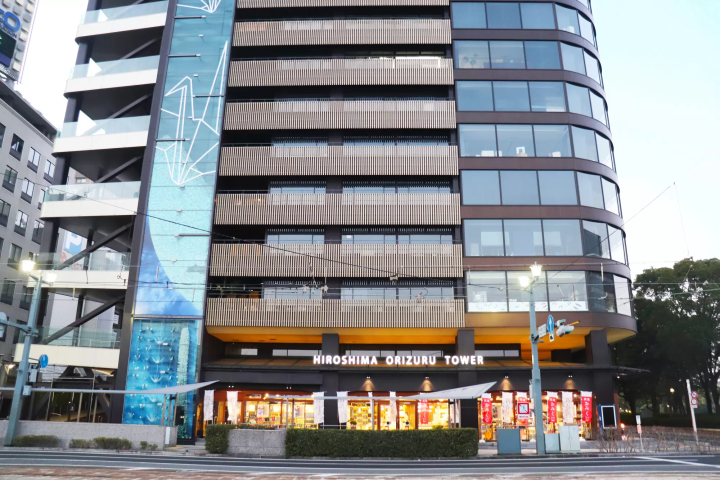
Photo by Pixta
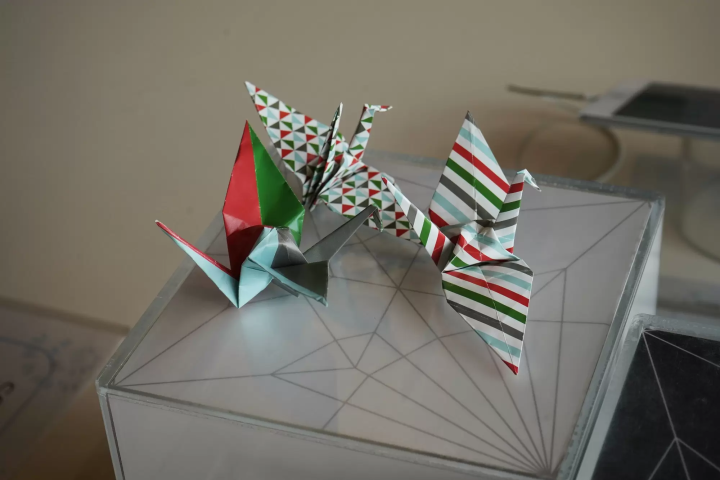
Photo by Pixta
In Orizuru Tower you'll find historical exhibits about the city of Hiroshima before and after the bombing, along with a spectacular display of origami cranes on 12th-floor ORIZURU SQUARE which even has a spot where you can experience learning how to make your own origami crane to add to the ORIZURU WALL, a twelve-story plexiglass enclosure along the building's exterior.
If you’d like to learn more about the history of Hiroshima and see the city as a whole, this is a fun place to learn about the area.
3. Hiroshima Castle
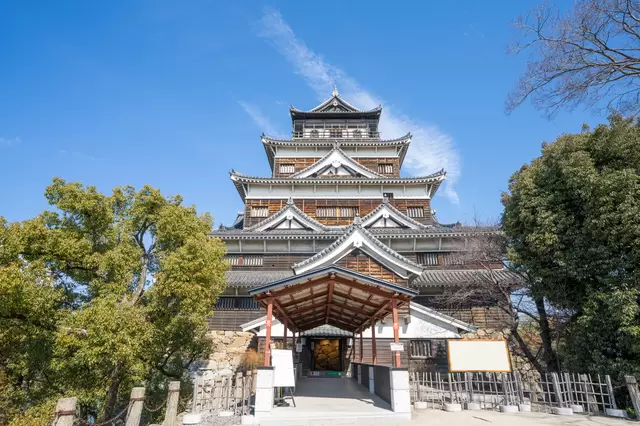
Hiroshima Castle was built by Mohri Terumoto, a famous general of Hiroshima during the end of the 16th century. Visitors can tour the remaining tenshukaku (castle tower) and ninomaru (secondary enclosure).
Hotels near Hiroshima Castle
4. Hiroshima Prefectural Art Museum
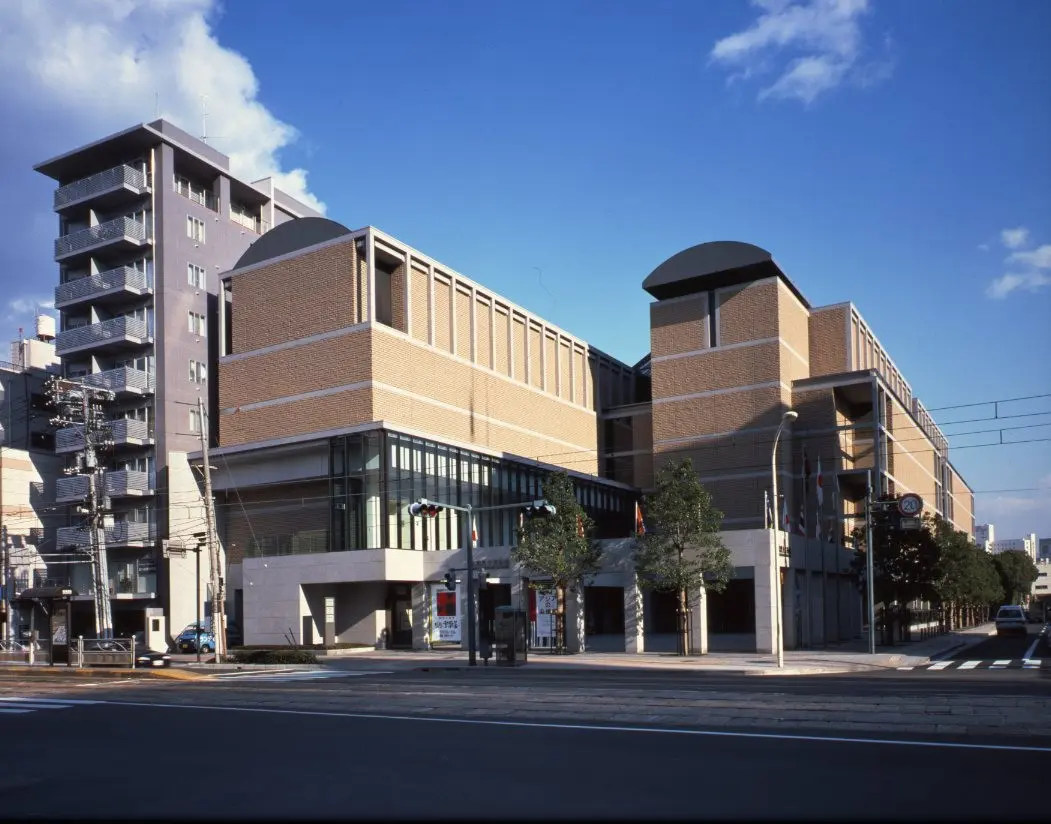
Photograph provided by Hiroshima City
Hiroshima Prefectural Art Museum is located next to Shukkeien. Enjoy strolling through the Shukkeien Garden after visiting the museum as well.
5. Hiroshima Museum of Art

Photograph provided by Hiroshima City
The Hiroshima Museum of Art, located in the central area of Hiroshima City, was built by Hiroshima Bank, to commemorate its 100th anniversary. The museum houses a collection of about 300 works of art, ranging from works by French Impressionists to modern Japanese artists.
Hotels near Hiroshima Museum of Art
6. Mazda Museum
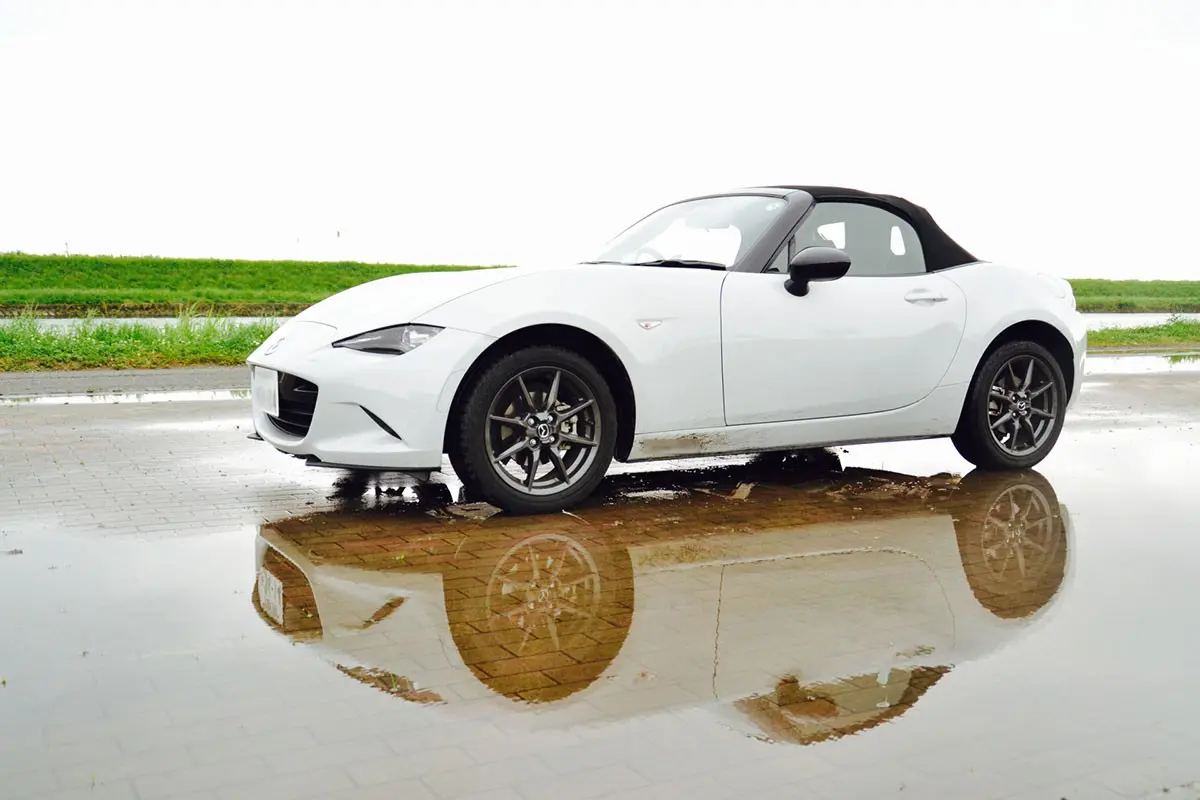
The Mazda Museum, located near JR Mukainada Station, is a museum where visitors can learn about the technology and history of Mazda cars, and also tour the factory.
Reservations can be made from the Mazda website (Japanese).
7. Hiroshima Gokoku Shrine

Hiroshima Gokoku Jinja is a shrine located inside Hiroshima Castle. During the New Year holidays, the large sanctuary welcomes the largest number of visitors into the Chugoku Region.
8. Mitaki-dera Temple
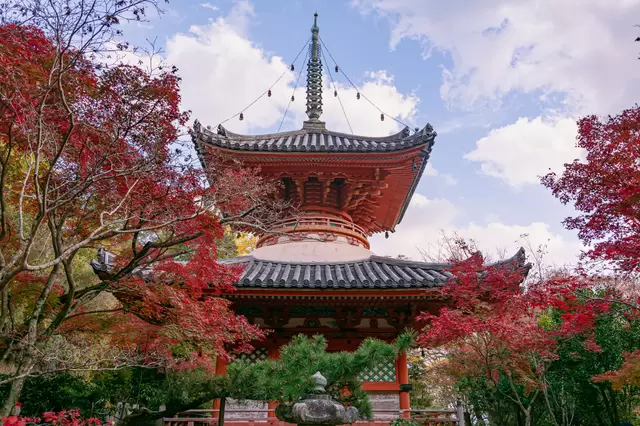
Mitaki-dera stands in the ravines of Mitakiyama (Mt. Mitaki), which is located in the northeastern area of Hiroshima City. It is close to the urban areas, so the local citizens visit this temple frequently. It is also called "Mitaki Kannon."
A vermilion-colored tahoto (Japanese pagoda), an important cultural asset of Hiroshima Prefecture, stands on the grounds of the temple. Inside the tahoto is a wooden Amitabha statue, which was designated as an important cultural asset by the Japanese Government. This temple is also famous for the beautiful sakura in spring, and the autumn leaves in fall.
Hotels near Mitakidera Temple
9. Senkoji Park
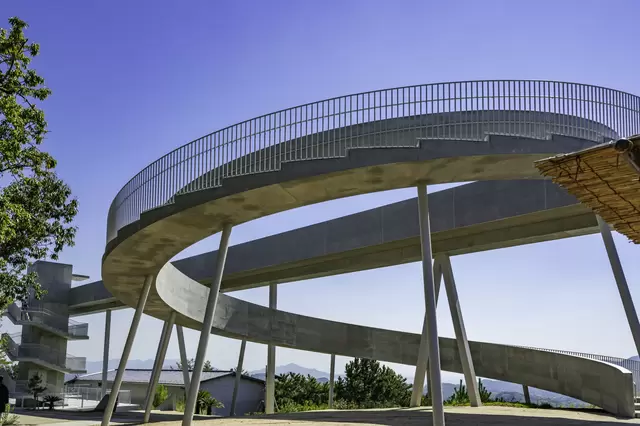
Onomichi City is one of the famous sightseeing destinations in Hiroshima Prefecture. Senkoji Park, a popular sakura viewing spot located on top of Mt. Senkoji, offers a great view of the Seto Inland Sea and the sakura in the hills.
10. Itsukushima Shrine on Miyajima Island
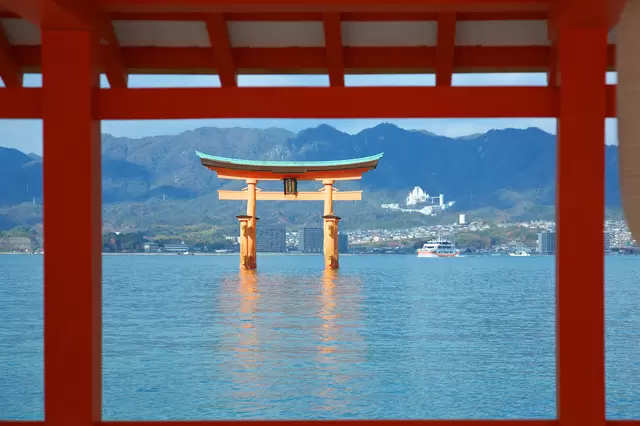
The vermilion-colored torii, the symbol of Itsukushima Shrine, rises to approximately 16 meters in height. When the tide is low, visitors can walk up to the torii. There is a timetable for the high and low tides at the reception area of the shrine, so be sure to check it out before visiting.
11. Toyokuni Shrine
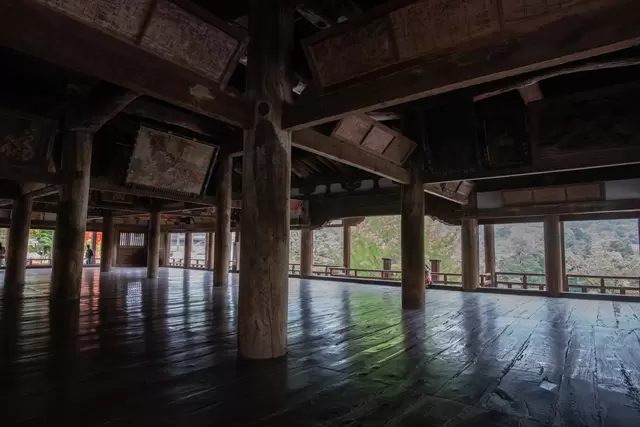
Toyokuni Jinja, built by Toyotomi Hideyoshi, a prominent figure in Japanese history, is located near Itsukushima Shrine. Although designated an important cultural asset by the Japanese Government, this shrine is actually an unfinished project. Even so, the 116 pillars that can be seen supporting the sanctuary is an impressive sight.
12. The Five-storied Pagoda
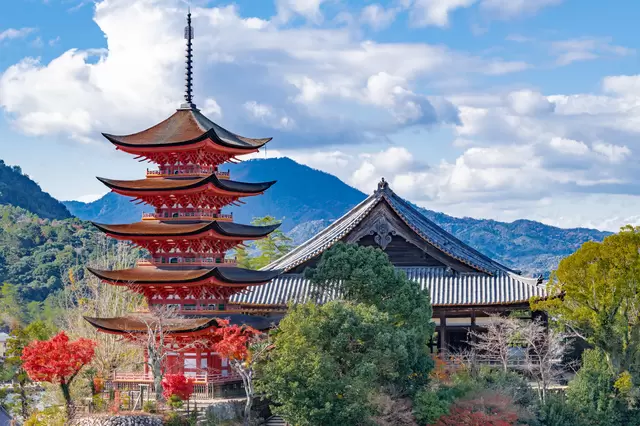
A five-storied pagoda, 27 meters in height, stands next to the Toyokuni Jinja. This is also an important cultural asset designated by the Japanese Government. The pillars inside are decorated in gold, creating a gorgeous interior.
Hotels near Itsukushima Shrine Five-storied Pagoda
13. Asebi Walkway
Take a short walk from the exit of Ituskushima Shrine, and you will reach the Asebi Walkway. It stretches 700 meters, from Omoto Park through the Daisho-in Temple. Along the way, there is a spot where visitors can enjoy a sweeping view of Ituskushima Shrine's great torii, the Toyokuni Jinja sanctuary, and the five-storied pagoda.
14. Daisho-in Temple
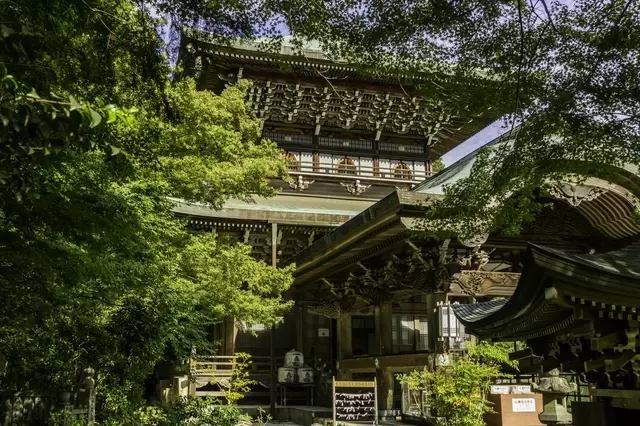
At the end of the Asebi walkway you will find Daisho-in, the oldest temple in Miyajima, which was founded by Kukai. Visitors can also appreciate many things from the "eleven-faced Kannon statue" in the Kannon-do (a small temple dedicated to Kannon), the Tibetan sand mandalas, and the "eternal fire" in the Reika-do (a small temple of divine fire) all at this temple. This is a temple with a rich history, but there are also ornaments of popular anime characters such as Anpanman on its grounds.
Hotels near Daisho-in Temple
15. Omotesando Shopping Street
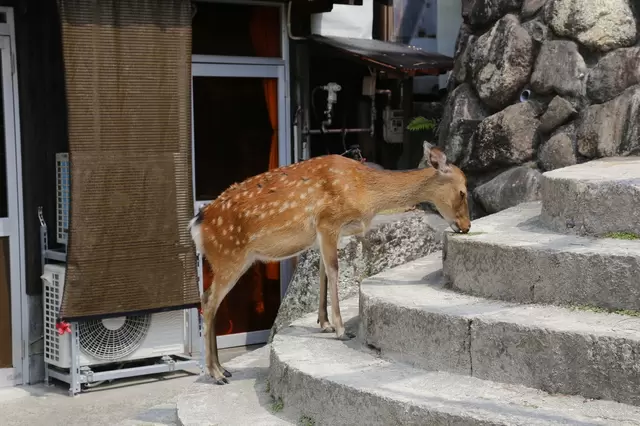
The busiest area in Miyajima is near the omotesando (the way leading to the shrine). Souvenir shops and restaurants line both sides of the Omotesando Shopping Street, where the visitors can buy handcrafts such as the Miyajima shakushi (a rice dipper made in Miyajima), or foods such as oysters, momiji manju, and ice cream.
There are many deer wandering about near the waterfront area leading to Itsukushima Shrine. Visitors may feel like they are in Nara, but the Miyajima deer are a little more aggressive, so keep an eye on the food you have on you.
Hotels near Miyajima Omotesando Shopping Street
16. Momijidani Park
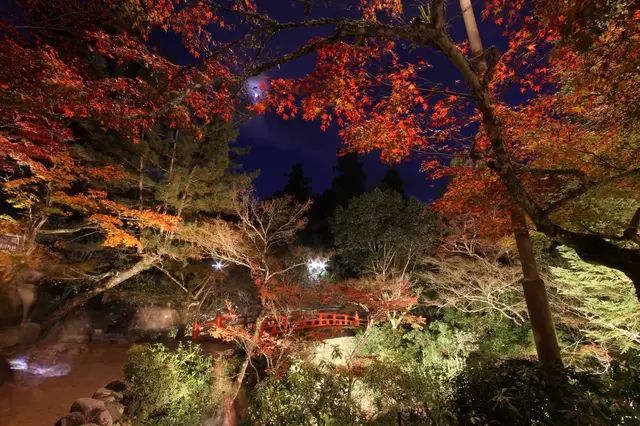
Momijidani Park is a popular spot to view the colorful autumn leaves. The approximately 200 trees vibrantly change their color in the fall, resulting in a beautiful scenery.
Hotels near Momijidani Park
17. Miyajima Ropeway
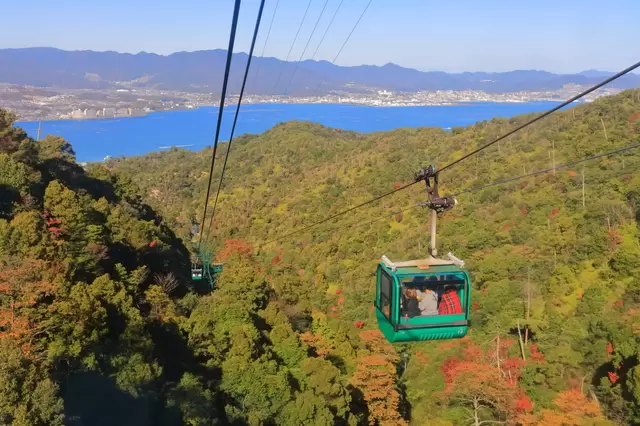
The Miyajima Ropeway connects the Momijidani Park and Mt. Misen, a mountain rising 535 meters above sea level at the center of Miyajima. Visitors can take in the view of the forest and the Seto Inland Sea while taking the ride.
At Shishi-iwa Station, the last stop of the ropeway, couples can participate in the Fire of Oath ceremony and workshops for making heart-shaped momiji manju. The Shishi-iwa Observatory offers a great view for the visitors who don't have the time to walk up to the mountaintop.
18. Kure Bay
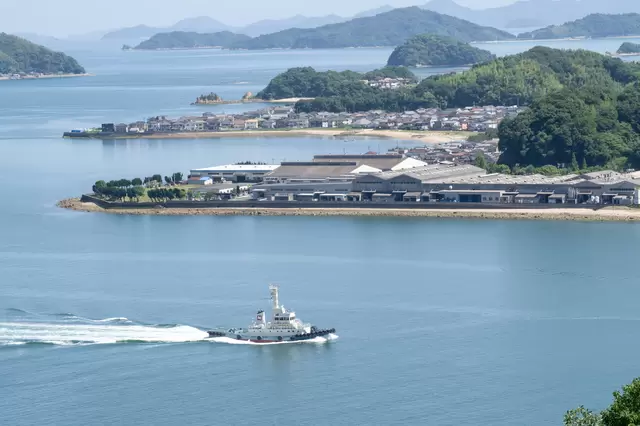
Kure is a seaside city in the southwestern area of Hiroshima Prefecture. It became the base for the Japanese Imperial Navy during the Meiji Period, and after World War II it served as the base for the Maritime Self-Defense Force (MSDF).
Seto Naikai Kisen operates the "Kure Bay Cruise." The fare is 1500 yen for adults and 500 yen for elementary school children. There are five trips a day, and the cruise takes about 35 minutes.
19. Kure Science Museum of Maritime History (Yamato Museum)

Kure prospered as the largest naval port in the East. After World War II, it turned into a shipbuilding city, producing the largest tankers in the world. At the Kure Science Museum of Maritime History (Yamato Museum), visitors can learn about the history of Kure and the technology it has produced. The model of Yamato, which was said to be the largest battleship in the world, is also on display.
20. JMSDF Kure Museum
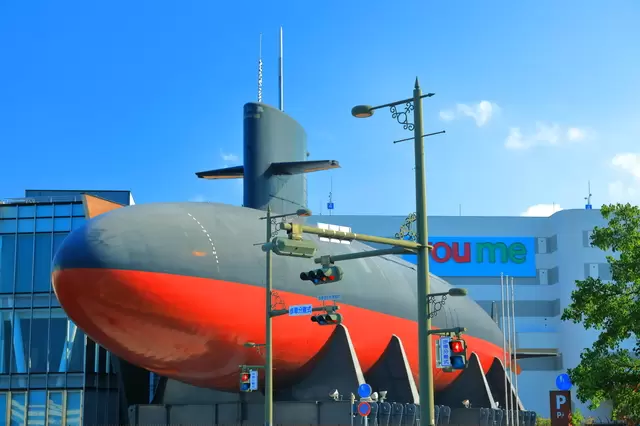
JMSDF Kure Museum, an admission-free facility, displays materials about the history of the Maritime Self-Defense Force. At the museum's cafe, visitors can enjoy the "Akishio Curry" which is served on MSDF ships.
Hotels near Maritime Self-Defense Force Kure Museum (Tetsukujirakan)
21. Shimanami Kaido
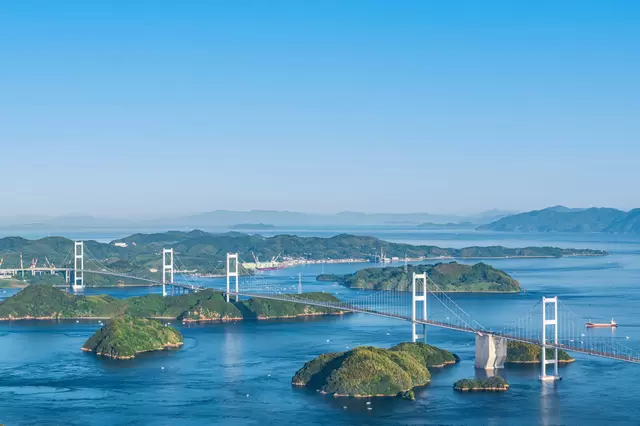
Shimanami Kaido connects Onomichi City in Hiroshima Prefecture (Chugoku Region) and Imabari City in Ehime Prefecture (Shikoku Region). The islands in the calm Seto inland Sea can be viewed along the way.
Hotels near Shimanami Kaido
22. Shukkeien
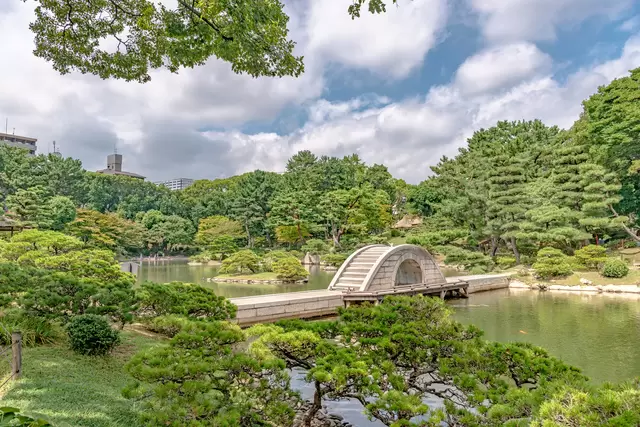
Shukkeien is a 400 year old Japanese garden. Seasonal flowers light up the grounds throughout the year.
23. Naka Waste Incineration Plant

The Naka Waste Incineration Plant was built by Yoshio Taniguchi, the architect behind MoMA in New York City. He reimagined this plant into a glamourous, glass structure made with light-infused steel.
Visiting the facility, you will see the towering waste processing funnels which stand behind glass walls that measure two story's in height, lit with the natural light brought in from windows that face the Seto Inland Sea.
Since admission is free, this is another excellent spot to learn about Hiroshima's contemporary architecture.
24. Senkoji Observatory PEAK

Accessible walking by foot or by taking the Mt. Senkoji Ropeway, Senkoji Observatory PEAK offers the best way to enjoy the views of Onomichi. This spot stands on the summit of Mt. Senkoji, being 144 meters in height, giving you an amazing view of not only the old port town but also the Seto Inland Sea.
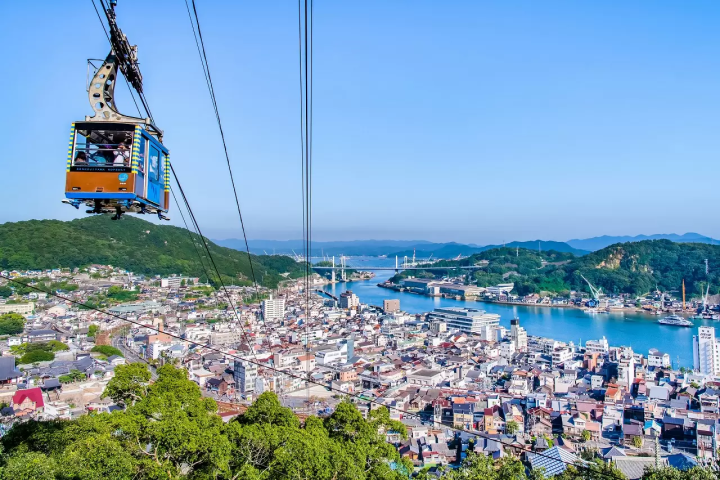
Photo by Pixta
Riding the Mt. Senkoji Ropeway offers a great chance to take in the views, especially in autumn when the fall foliage and the blue of the sea and sky create a beautiful color contrast.
25. Senkoji Temple

Photo by Pixta
From the Senkoji Observatory PEAK Make your way down to Senkoji Temple to pay your respects by following the path lined with stones engraved with poems. Once you're finished, spend some time shopping in the Onomichi shotengai shopping district with its fashion boutiques.
26. Fukuyama Castle

Fukuyama Castle is a historical white five-tiered castle. This castle was built by Mizuno Katsunari, the first daimyo of the Fukuyama domain in 1622. After World War II destroyed the ruins, a new replica of Fukuyama Castle was built 20 years later in 1966 thanks to the many efforts of the citizens.
Here, you can educate yourself on this castle's history and learn through the interactive displays the museum has to offer. Experience the era yourself by sitting on model horses as scenes of the feudal era are shown on digital displays behind you. The top floor of the castle provides a wide view of the city, making it an idea spot to see the beautiful cherry blossoms during the spring time.
27. Tomonoura Bay

Tomonoura Bay is a fishing port which was at one time the home to an industry of ironworks that created anchors and tools for ships. Visiting in the modern day you will find the old charms remaining in the town center, with old ship boards used on the buildings architecture, which were once used for straining salt.
This bay is possibly the area which inspired Hayao Miyazaki's movie Ponyo on the Cliff.
28. Takehara

Those looking for a view of historical view of Japan can visit Takehara, a townscape that has been preserved wonderfully, located 80 minutes from Hiroshima Station.
The Takehara Preservation District of Important Historical Buildings is a section of the city which flourished for more than 350 years as creating salt and sake.
Hiroshima's Local Cuisine
Hiroshima, with the sea and mountains close by, is famous for seafood such as oysters and anago, or salt water eels. This area is also famous for the Hiroshima-style okonomiyaki (Japanese-style pancake), which is a little different from the Kansai style. The wonderful taste of fresh oysters and okonomiyaki will surely make your trip both pleasant and memorable.
Okonomiyaki
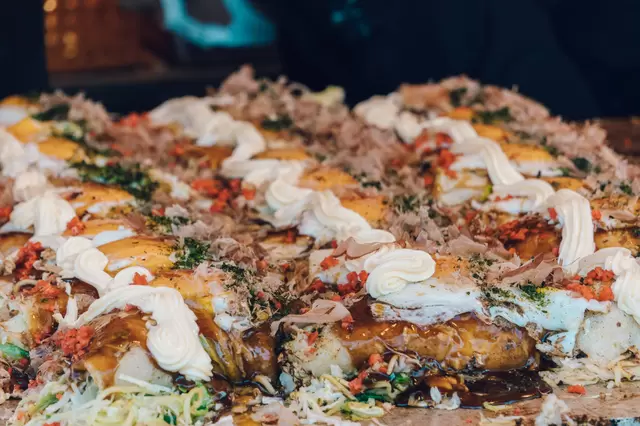
When thinking of okonomiyaki, most people have the Kansai kind in mind. The two famous styles, Kansai and Hiroshima, are cooked differently.
The Kansai-style mixes all the ingredients, while the Hiroshima-style starts by baking the wheat flour like a crepe. Cabbage, eggs, and other ingredients are added on top, so it looks like a multi-layered dish.
There are many okonomiyaki restaurants in Hiroshima City. Okonomimura, located in the central area, is a food court with more than 20 restaurants inside. Visitors can enjoy comparing the differences between the various restaurants.
Oysters
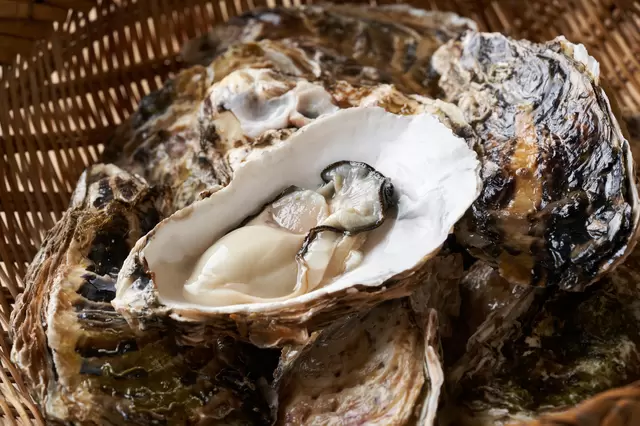
One of the special products of Hiroshima is the fresh oysters cultivated at Hiroshima Bay. Although they are available throughout the year, the best season for oysters is during January and February. The Hiroshima oysters are tender and chewy, with a deep flavor. Visitors in this season should try both the raw and fried oysters.
There are many oyster restaurants in Hiroshima City, such as the Toyomaru Suisan Hiroshima Hondori-ten located in the Hondori Shopping Street. If you want to dine in a luxurious atmosphere, try Kanawa, a well-established restaurant located near Motoyasu River.
Kure Hoso-udon
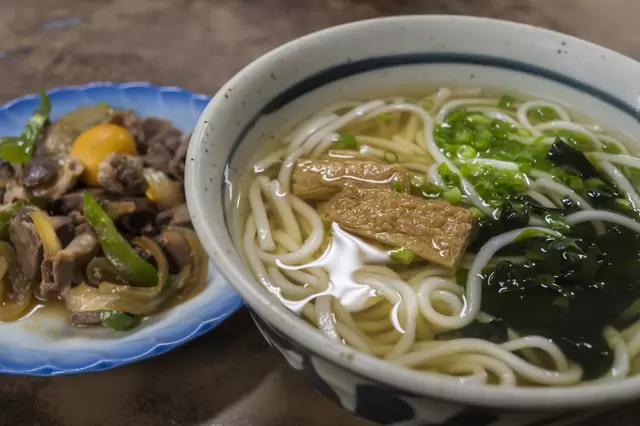
Kure hoso-udon (thin noodles) is a specialty of Kure City. It is said that the thin, easy to eat noodles were used to meet the request of the busy fishermen and shipbuilders, who wanted to eat their meals quickly. The noodles go nicely with the soup, so visitors to Kure should give this dish a try.
Tai-meshi (Rice with Seabream)
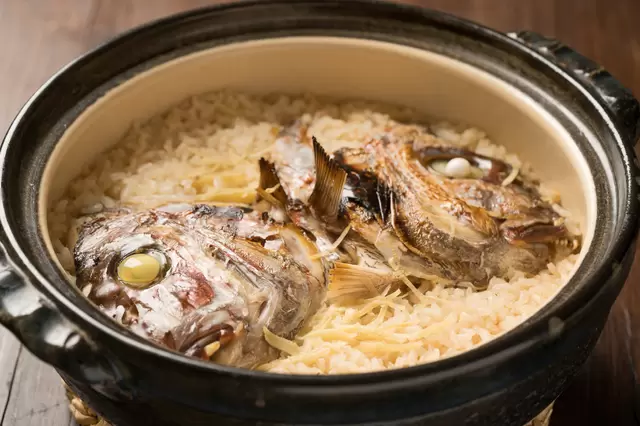
Tai (sea bream)-meshi is a seafood cuisine, a product of the Seto Inland Sea. It is made by cooking rice with a whole (or fillets of) tai (seabream). The warm rice, with the fragrant seabream, is just delicious. In Japan, seabream is regarded as a symbol of good fortune, and tai-meshi is often served on special occasions.
Anago-meshi
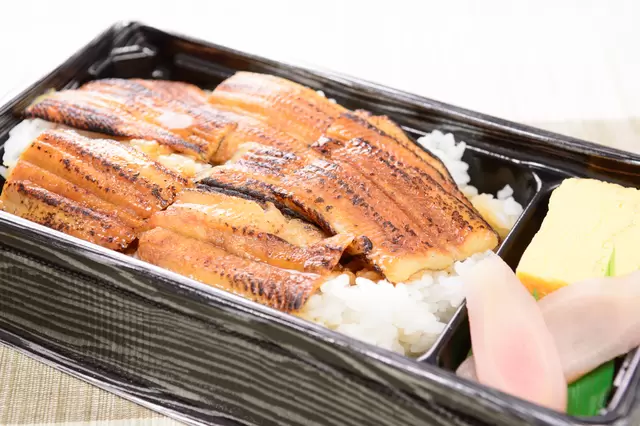
Anago (conger eel), along with oysters, are a special product of Hiroshima, and the Miyajima anago-meshi is especially famous. This is a rice dish topped with sweet and salty flavored anago. Restaurants such as Inachu, located around the middle of the Omotesando Shopping Street, and Anago-meshi Wada, with a big shamoji sign found in Machiya-dori, are famous. Anago-meshi is also sold as an ekiben (packed lunch), so it can be bought at Hiroshima Station.
Inachu: Hiroshima, Hatsukaichi, Miyajima-cho, Nakanocho-hama 507-2
Anago-meshi Wada: Hiroshima, Hatsukaichi, Miyajima-cho, Ohmachi 424
Hiroshima Tsukemen
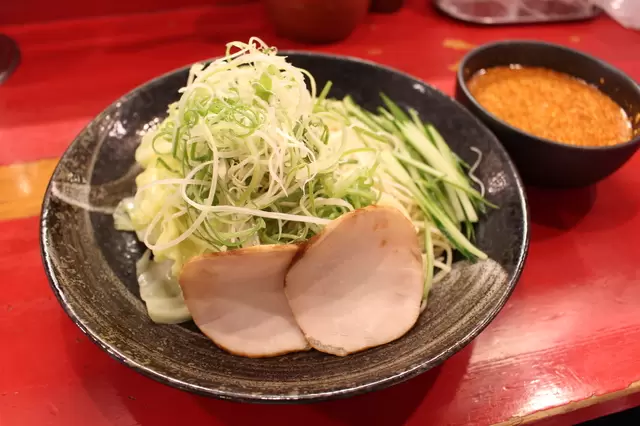
This is a type of tsukemen in which both the noodles and soup are served cold. The soy sauce-based soup is the spicy type, with red pepper and chili oil flavor. Hiroshima tsukemen noodles are easy to eat, even on a hot day.
Souvenirs from Hiroshima
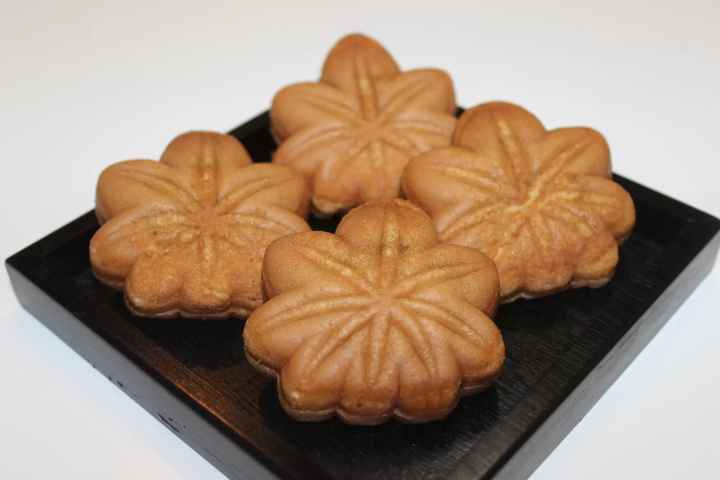
Hiroshima is famous for momiji manju, a maple leaf shaped manju. It is a blend of Japanese and Western styles, a soft dough confectionery filled with various ingredients such as red bean jam, matcha jam and custard cream. It goes nicely not only with green tea, but with coffee as well.
The cream bun made by "Hattendo" is also popular, as the soft dough is filled with fluffy custard and fresh cream. There are other flavors such as marron, strawberry, azuki sweet bean, chocolate and matcha, so the customers tend to overspend on these buns.
There is also the Hiroshima-style Okonomiyaki Senbei (rice cracker), which can be purchased only in Hiroshima. Look for something special at the souvenir shops in stations and airports.
How to Get to Hiroshima from Tokyo
From Narita Airport
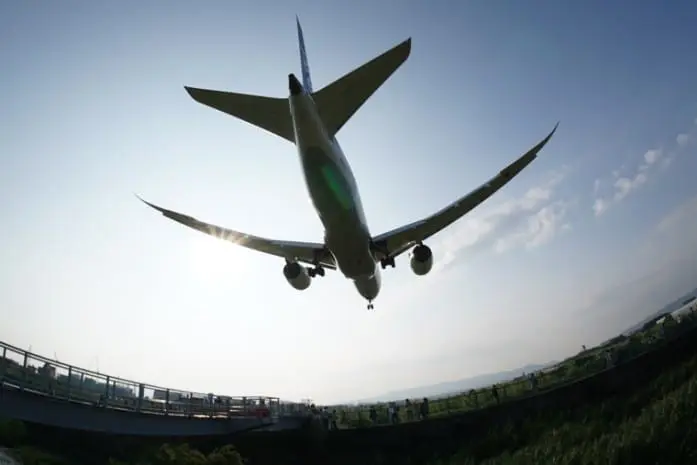
If you plan to head directly to Hiroshima from Narita Airport, there are several airlines to choose from: ANA, Spring Japan, IBEX, and more. The flight takes about one and a half hours.
From Haneda Airport
There are also direct flights from Haneda Airport, operated by JAL and ANA. The flight takes about one and a half hours.
From Hiroshima Airport to Hiroshima Station
The limousine bus headed for the Hiroshima Station Shinkansen-guchi (ticket gates) will take the passengers directly to the station. The ride takes about 45 minutes, and IC cards such as "PASPY" and "ICOCA" can also be used.
The one-way bus fare is 1,450 yen for adults, and 730 yen for children. There is also a round-trip ticket, valid for seven days after the purchase, priced at 2,620 yen for adults, and 1,310 yen for children.
From the Tokyo Metropolitan Area to Hiroshima Station

You can use the Shinkansen after sightseeing in the Tokyo area.
The train ride takes about four hours, and the one-way, normal reserved seat ticket is 19,760 yen. A round-trip ticket will make the one-way fare from Tokyo to Hiroshima 18,570 yen. Four trains leave for Hiroshima every hour.
From Osaka to Hiroshima by Shinkansen
From Osaka, the shinkansen is the fastest way to directly travel to Hiroshima. The ride takes about one and a half hours, so it's possible to make a one-day trip. From the Shin-Osaka Station, passengers can choose from five trains: Hikari, Nozomi, Kodama, Sakura and Mizuho. The last two trains are operated by JR West.
The fare is about 11,000 yen, including the basic fare and the charge for a reserved seat.
From Osaka to Hiroshima by Highway Bus
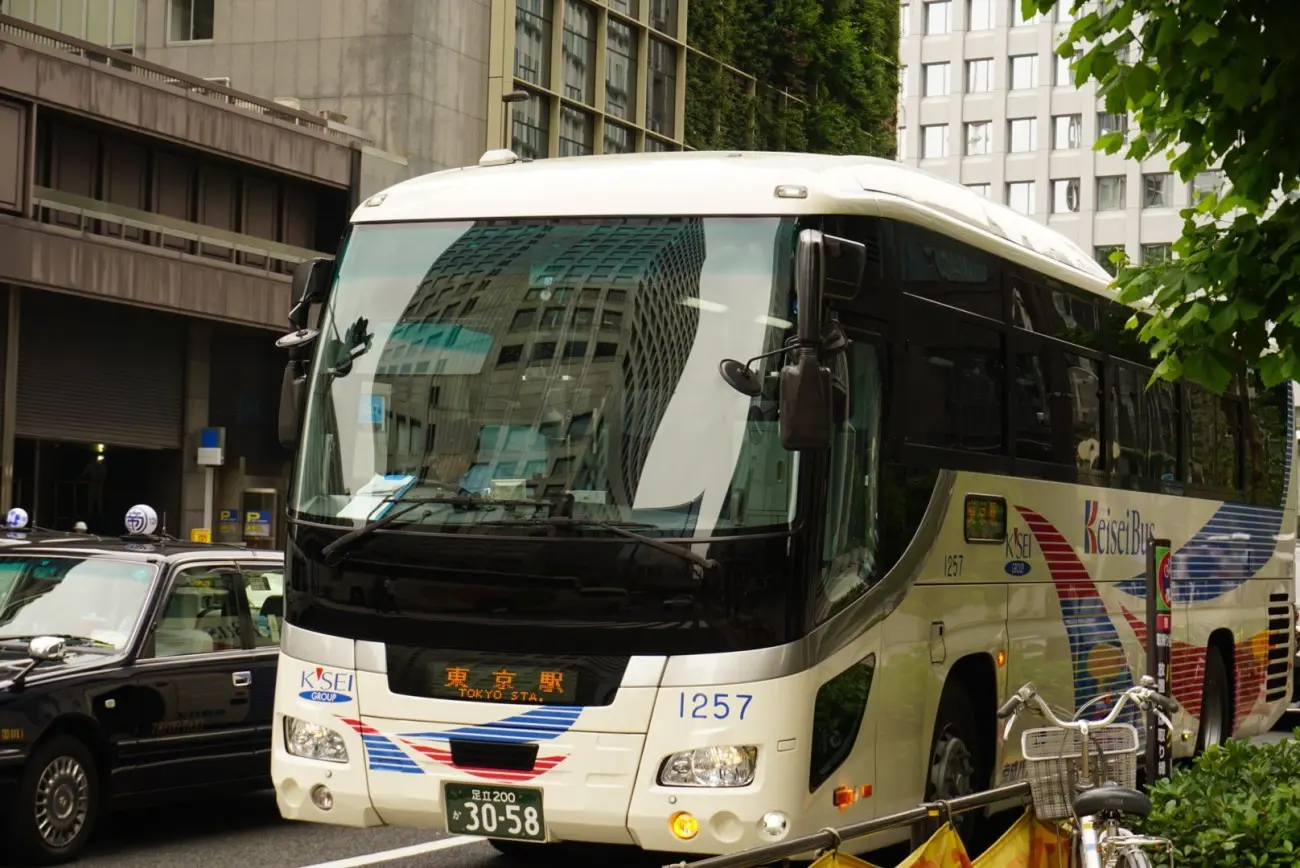
Riding the highway bus from Osaka to Hiroshima is another option. The time varies from five hours to eight and a half hours, and the fare ranges from 3850 yen to 5850 yen, about half of the shinkansen ticket price. If you need to save on the traveling expenses, the bus may be the right choice.
Transportation in Hiroshima City
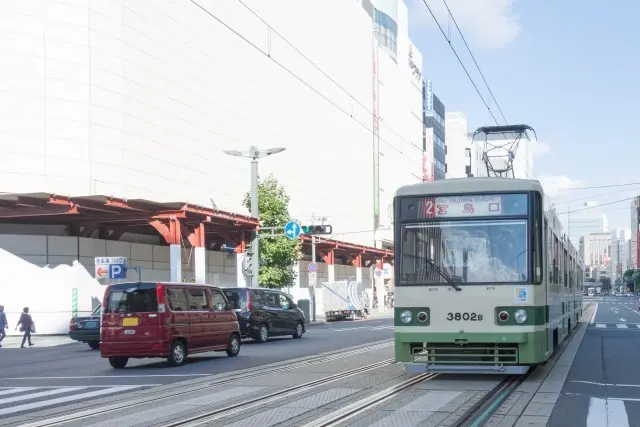
Hiroshima City offers four types of transportation: the JR West lines, the streetcar, the Astram Line and bus lines. Visitors should use either the one-day ticket for the "Meipuru-pu" bus or the "Hiroshima Tourist Pass," a one-day ticket for both streetcar and bus.
Meipuru-pu: A Loop-line Bus
Meipuru-pu is a loop-line bus, serving the main sightseeing areas in Hiroshima City.
Various spots, such as Hiroshima Station, the Prefectural Art Museum (Shukkeien), Hiroshima Castle (and Gokoku Jinja Shrine), the A-Bomb Dome, Peace Memorial Park, Kamiya-cho and Hatchobori can be reached using this bus. The fare is 220 yen per ride for adults and 110 yen for children. The one-day ticket is 400 yen for adults and 200 yen for children.
Tickets can be purchased at Swallow Travel, located on the second floor of the Hiroshima Station, and also in the bus. For further information, take a look at this site about the Meipuru-pu Bus.
Hiroshima Tourist Pass
Hiroshima Tourist Pass, a special one-day ticket, allows the user to ride the Hiroshima Electric Railway (streetcar, also known as "Hiroden"), Miyajima Matsudai Kisen and JR West Miyajima Ferry, and all the buses in central Hiroshima City. The price is 1000 yen for the 1 Day Pass, 1500 yen for the 2 Day Pass, and 2000 yen for the 3 Day Pas. This ticket is convenient for sightseeing, or for taking a stroll around the city.
Digital tickets at a discounted price can be purchased using ticket service MOBIRY and physical tickets can be purchased at the JR Hiroshima Station Shinkansen Exit 1st Floor Bus Ticket Office (Transportation Information Center), the Hiroshima Bus Center, Hiroshima Electric Railway Commuter Pass Office (Hiroshima Station Sales Center), Kamiyacho Commuter Pass Counter, and other locations.
How to Get to Miyajima Island

There are two ways to go from Hiroshima to Miyajima: taking eitehr a JR train or the streetcar to Miyajimaguchi Station and then the ferryboat to the island.
It takes 25 minutes from JR Hiroshima Station to JR Miyajimaguchi Station, on the Sanyo Main Line. The fare is 420 yen.
The second route is to board the Hiroshima Electric Railway streetcar to Hiroden-miyajima-guchi Station, and walk five minutes to the Miyajima-guchi Port. Board the JR West Miyajima Ferry or Miyajima Matsudai Kisen, and it is a 10 minute ride to Miyajima.
JR West Miyajima Ferry runs the Otorii Route from Miyajima Port, so those who want to enjoy a sea-side, close-up view of the large torii gate of Itsukushima Shrine should take this route.
Transportation in Miyajima

The sightseeing spots in Miyajima are all within a two kilometers radius from Itsukushima Shrine, so most visitors tend to walk. Those who plan to visit the Tsutsumigaura camping site, or the Miyajima Aquarium, which is popular among children, should use the "Maple Liner," a loop-line bus. This is the Japanese timetable.
If you are with a group of more than three people, using the three taxis on the island might be a good idea. They will be waiting at the taxi stand of the ferry port.
How to Get to Kure from Hiroshima City
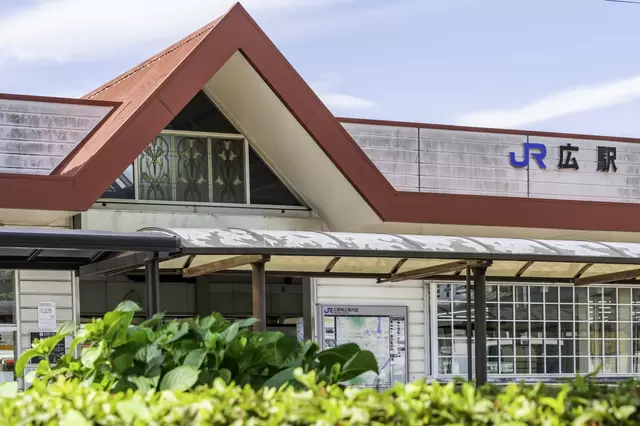
Board the Akiji Liner Rapid Service Train on the JR Kure Line from Hiroshima Station, which will take you directly to the Kure Station.
The train ride takes about 40 minutes, and the fare is 500 yen.
Living in Japan? Book Shinkansen tickets for Hiroshima
Hotels in Hiroshima
Those looking to stay in Hiroshima will find many fantastic locations for accommodation close to many sight seeing spots.
Hilton Hiroshima is a classy hotel that is near Hiroshima Peace Memorial Park and Hiroshima Castle.
For those looking to stay somewhere unique, Azumi Setoda is a resort inn located on Onomichi's Ikuchi Island. This 140-year-old residence was renovated into a resort, full of traditional charm.
Hotel Beacon Onomichi in Onomichi Port is a great contemporary option for tourists, remote workers, or even bike travelers.
Those looking to really experience staying in traditional Japan can look the Fukuyama New Castle Hotel located just across Fukuyama Station, and 10-minute walk from the castle itself.
To Fully Enjoy Hiroshima
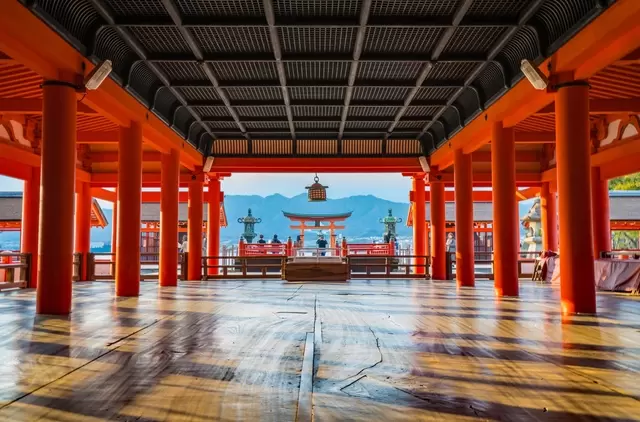
Hiroshima has a rich natural environment, and the climate is moderate throughout the year. It is a place worth a visit, with historic sightseeing spots such as Hiroshima Castle and the Peace Memorial Park.
If you have the chance, it might be fun to extend your trip to picturesque spots like Miyajima and Shimanami Kaido.
It only takes about half an hour to Miyajima from Hiroshima City, but be sure to have some leeway in your itinerary when traveling to areas outside Hiroshima City.



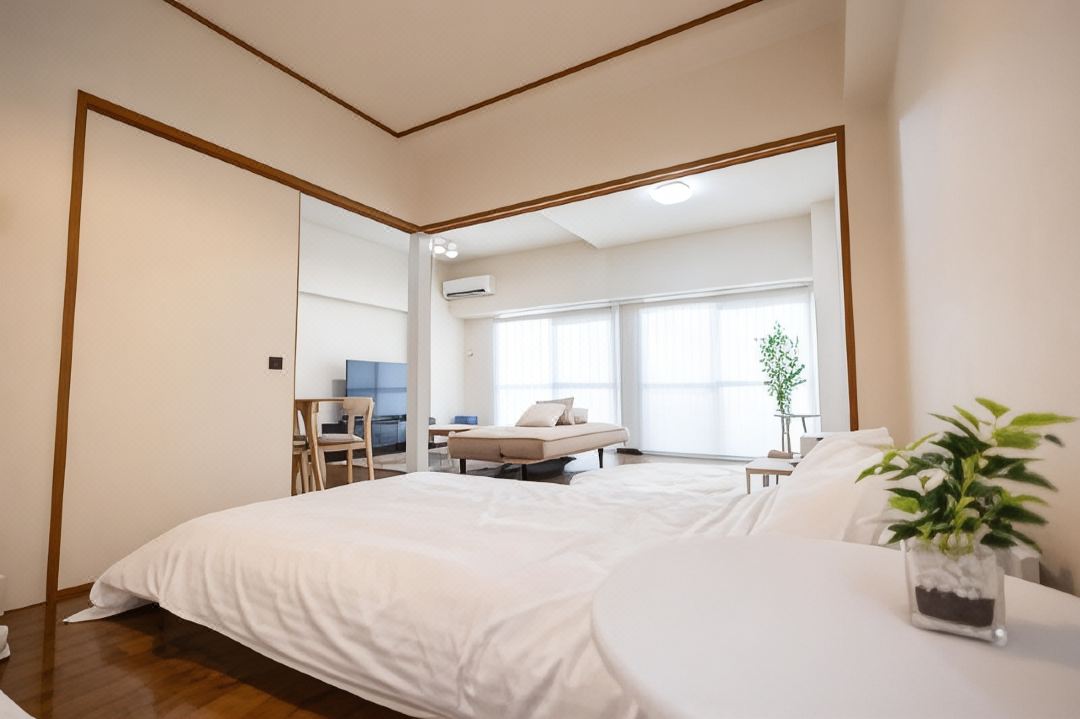

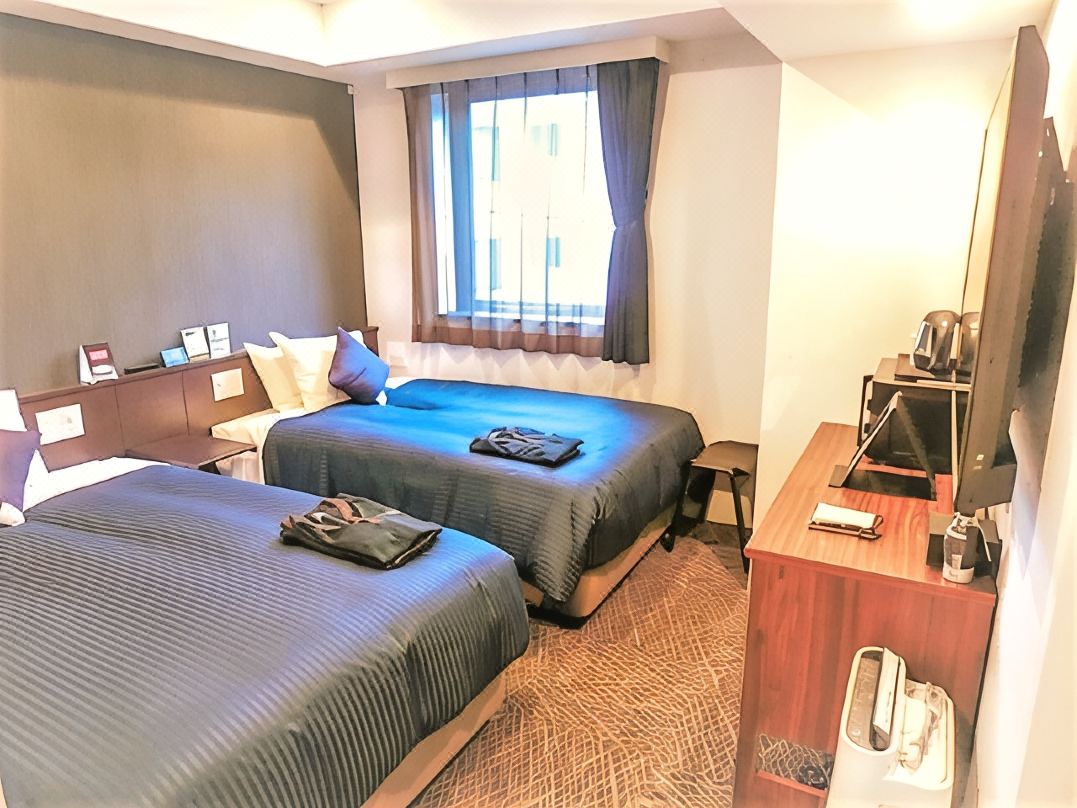
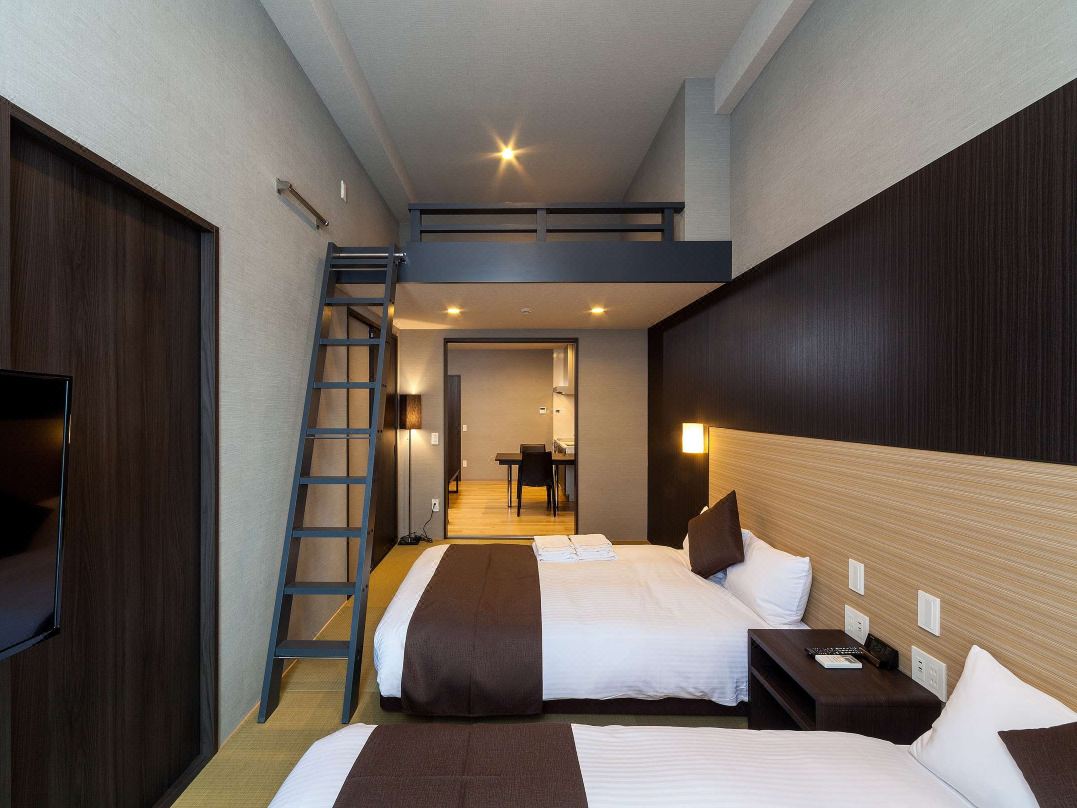

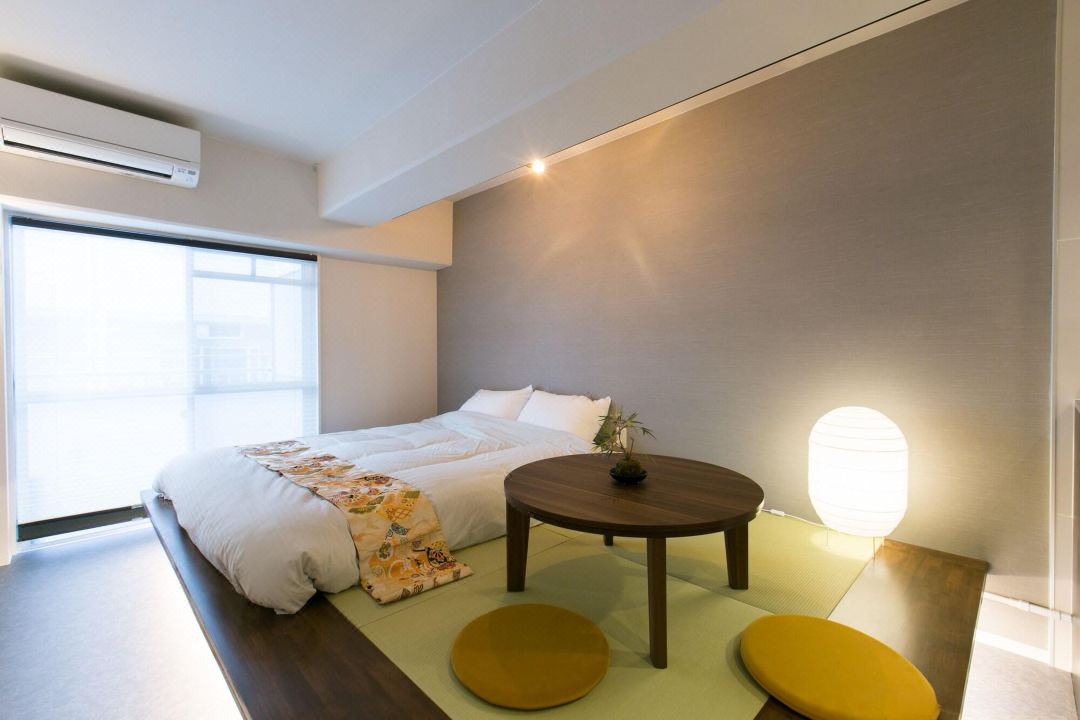
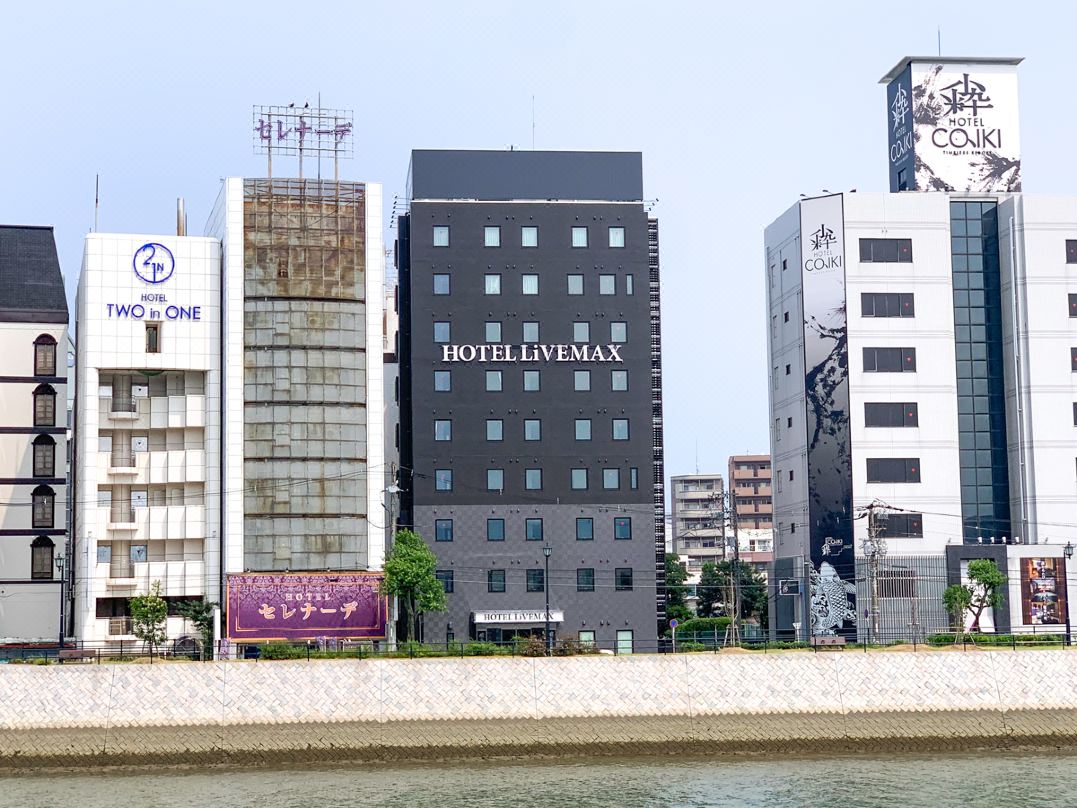
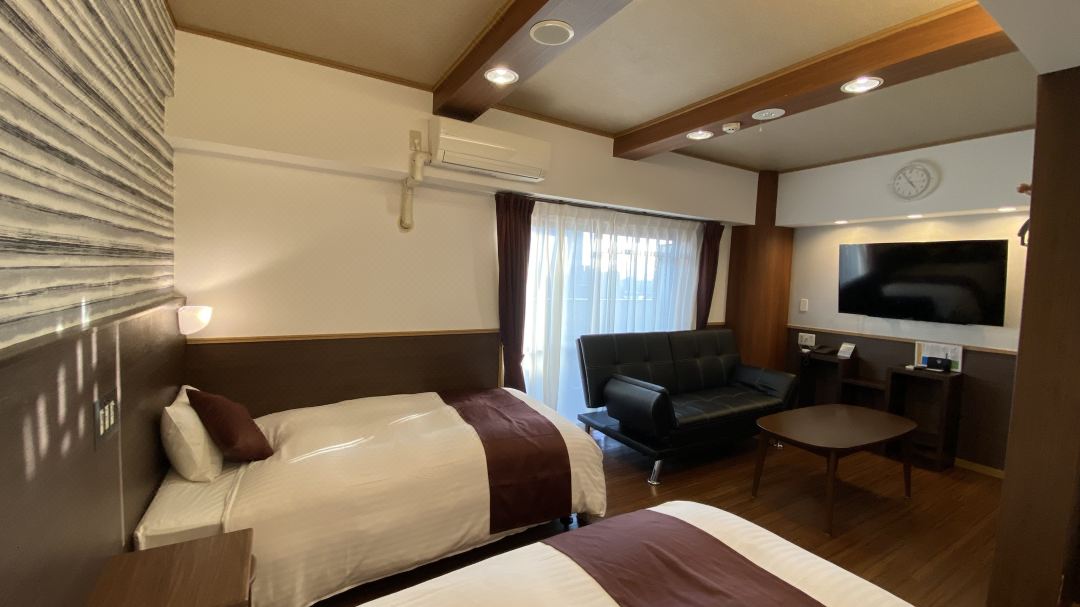

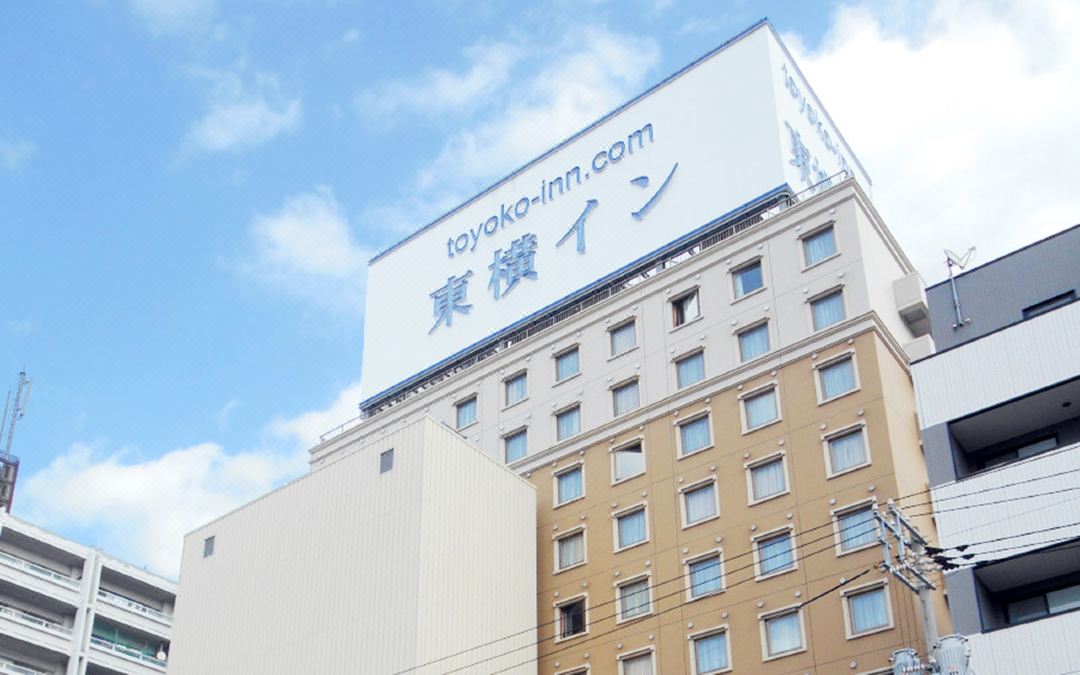



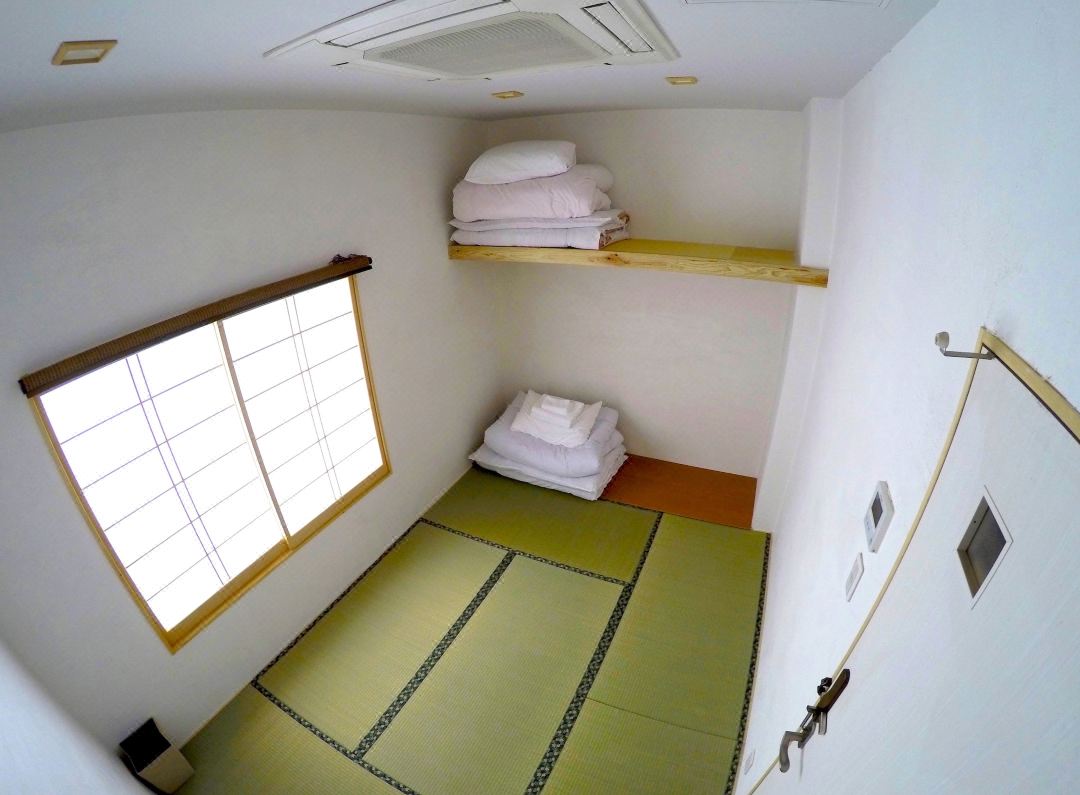

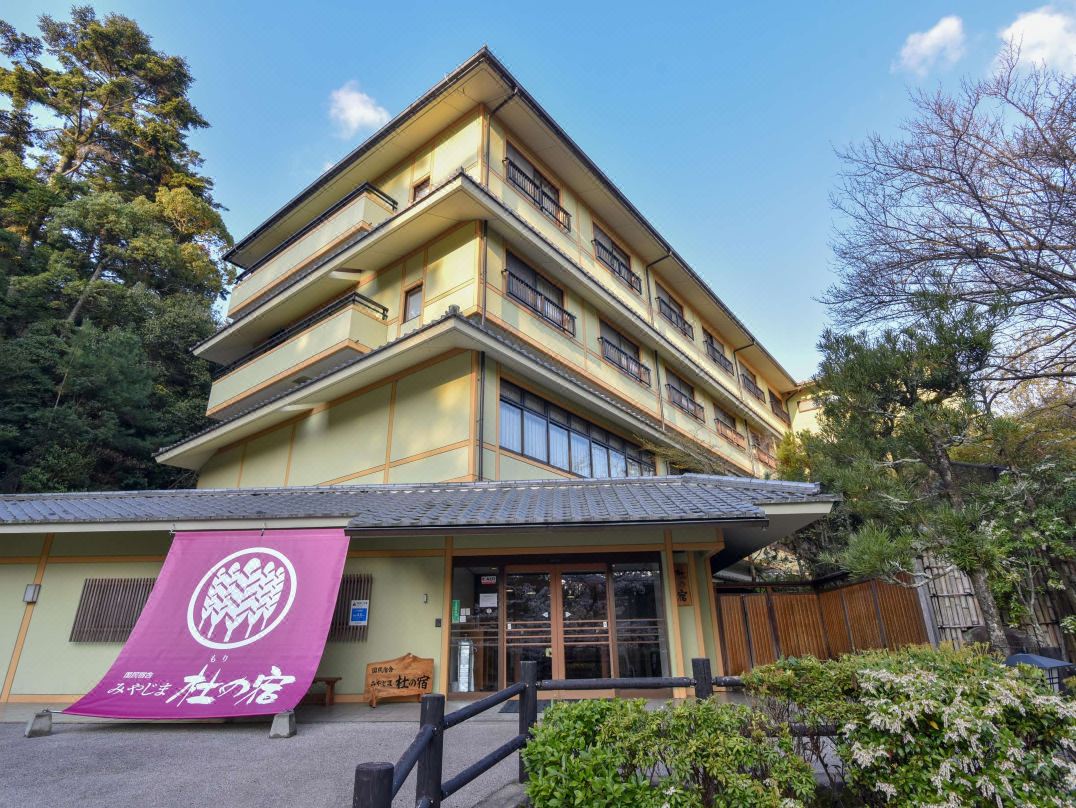
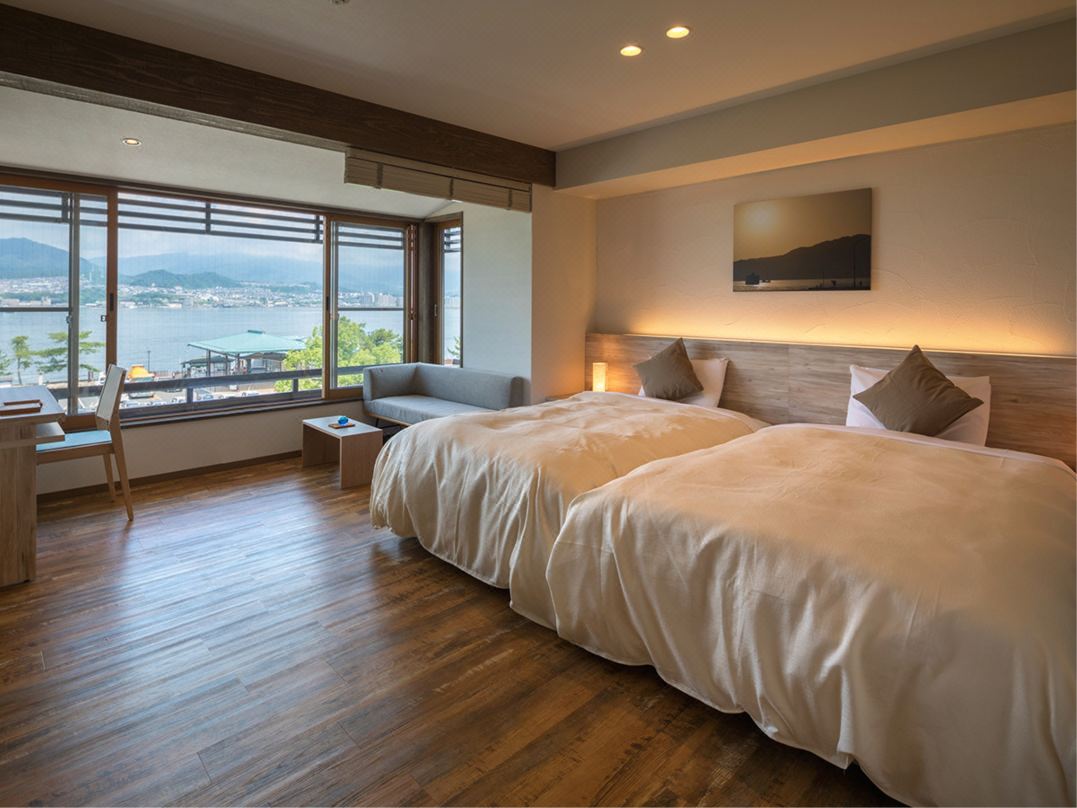
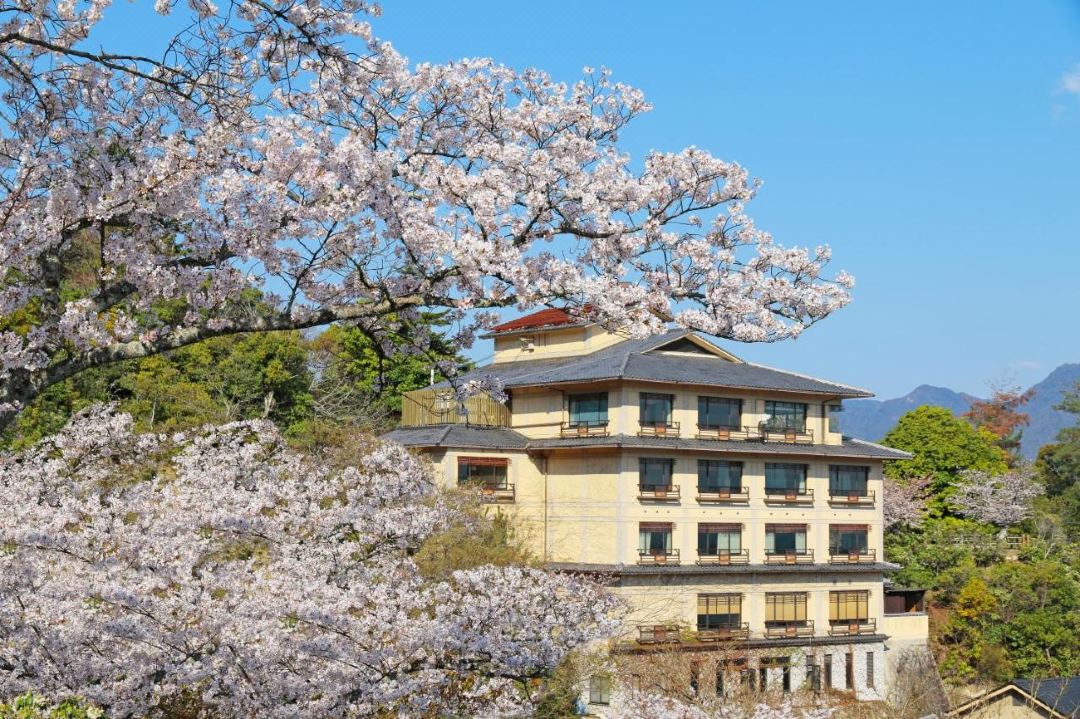

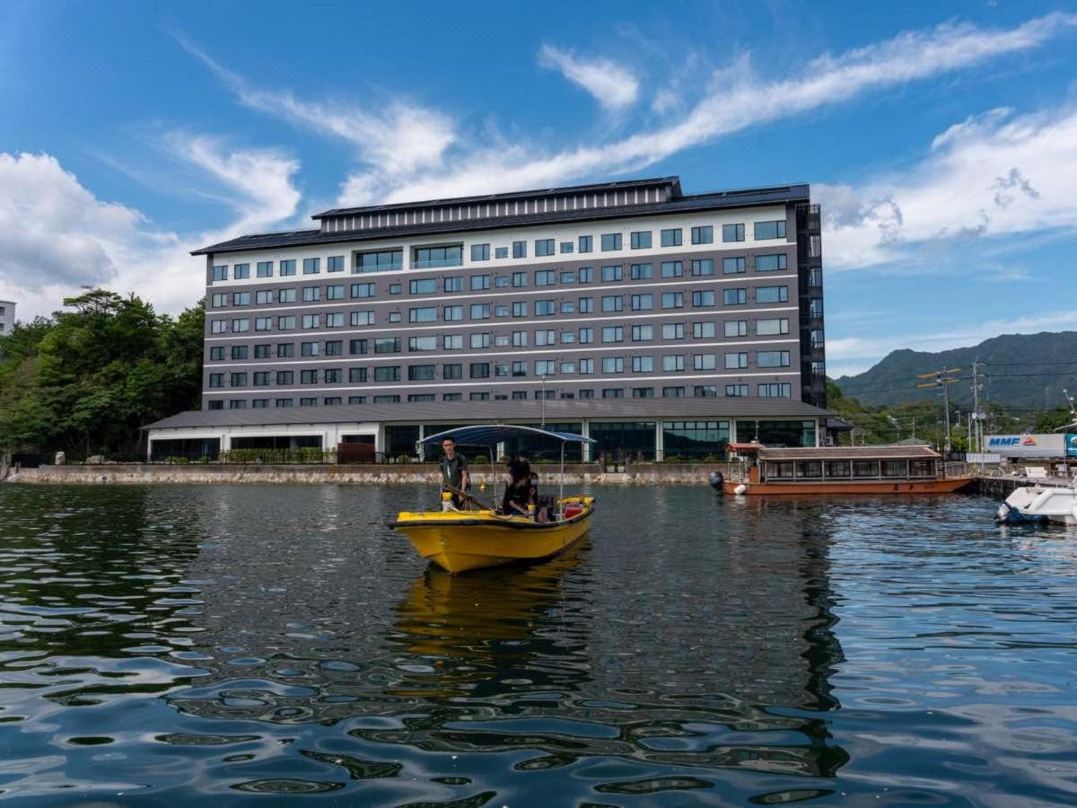
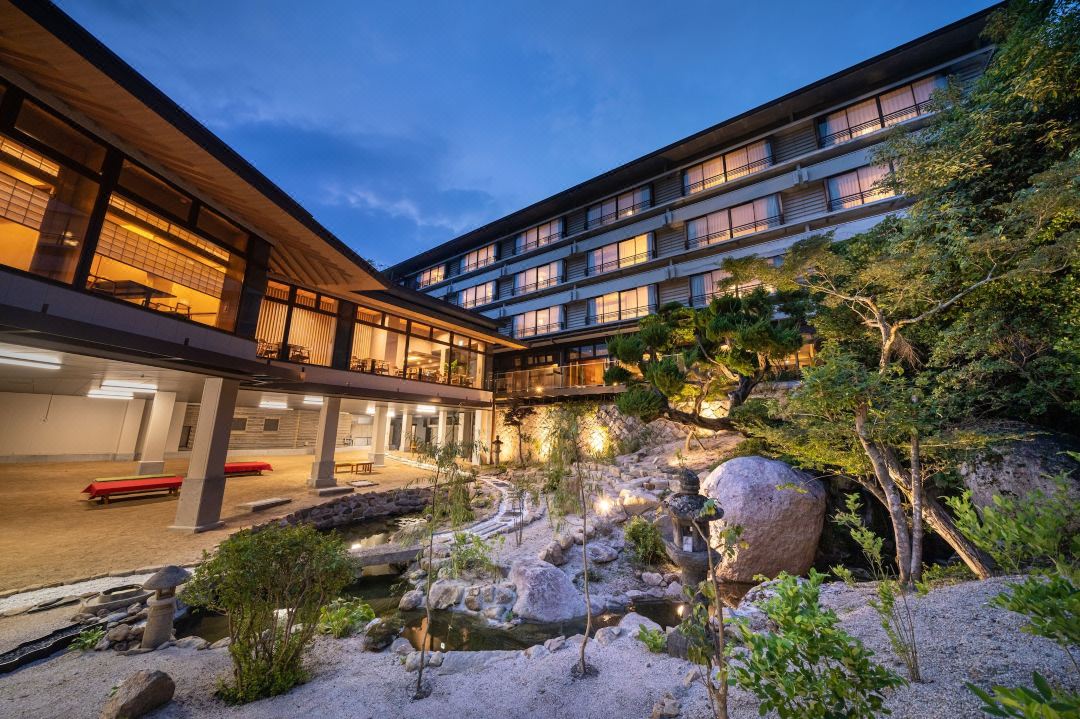

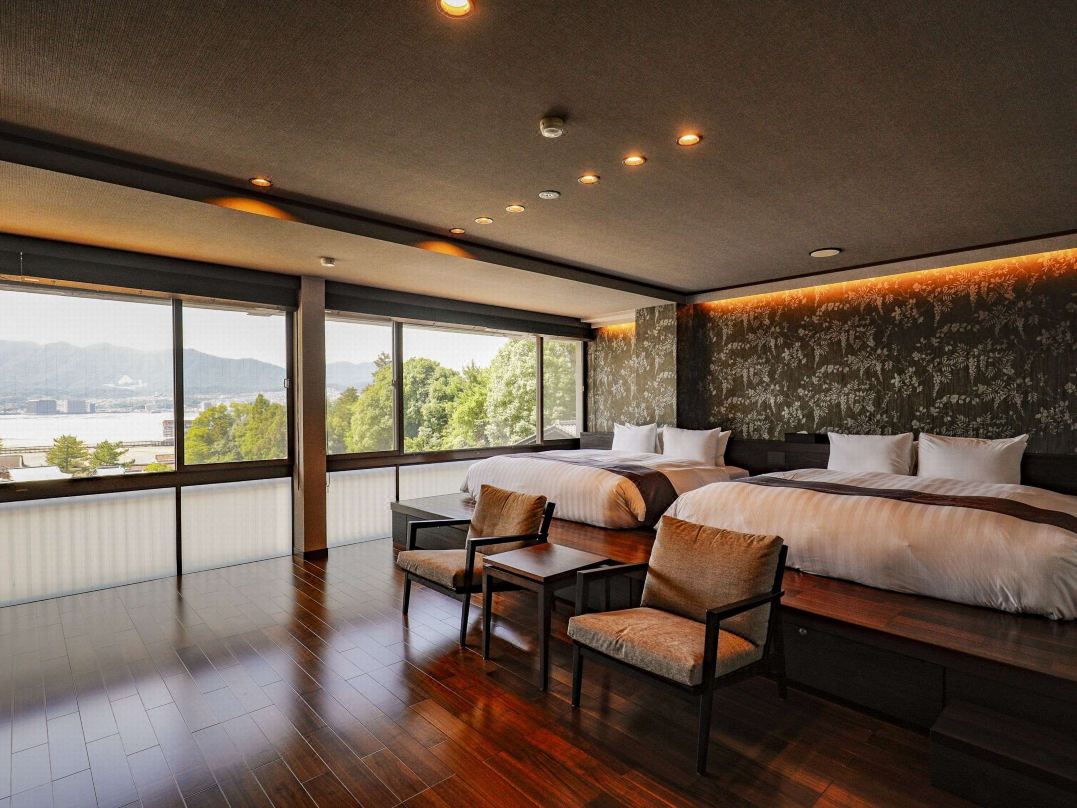

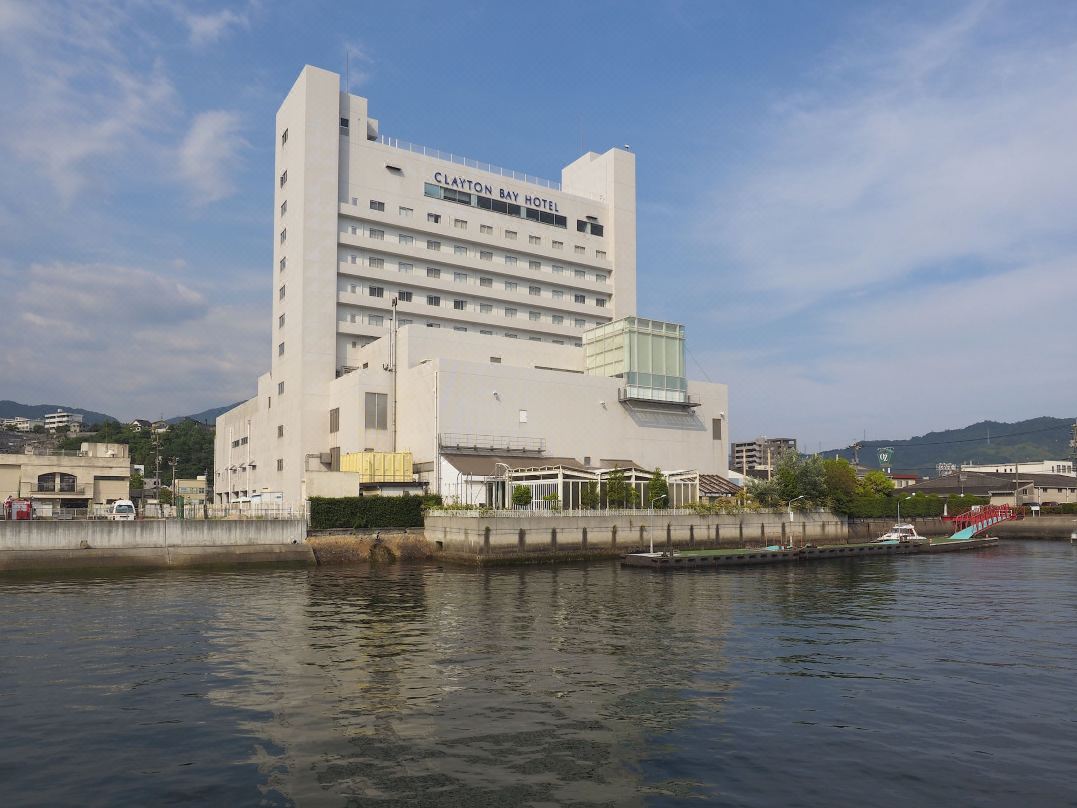
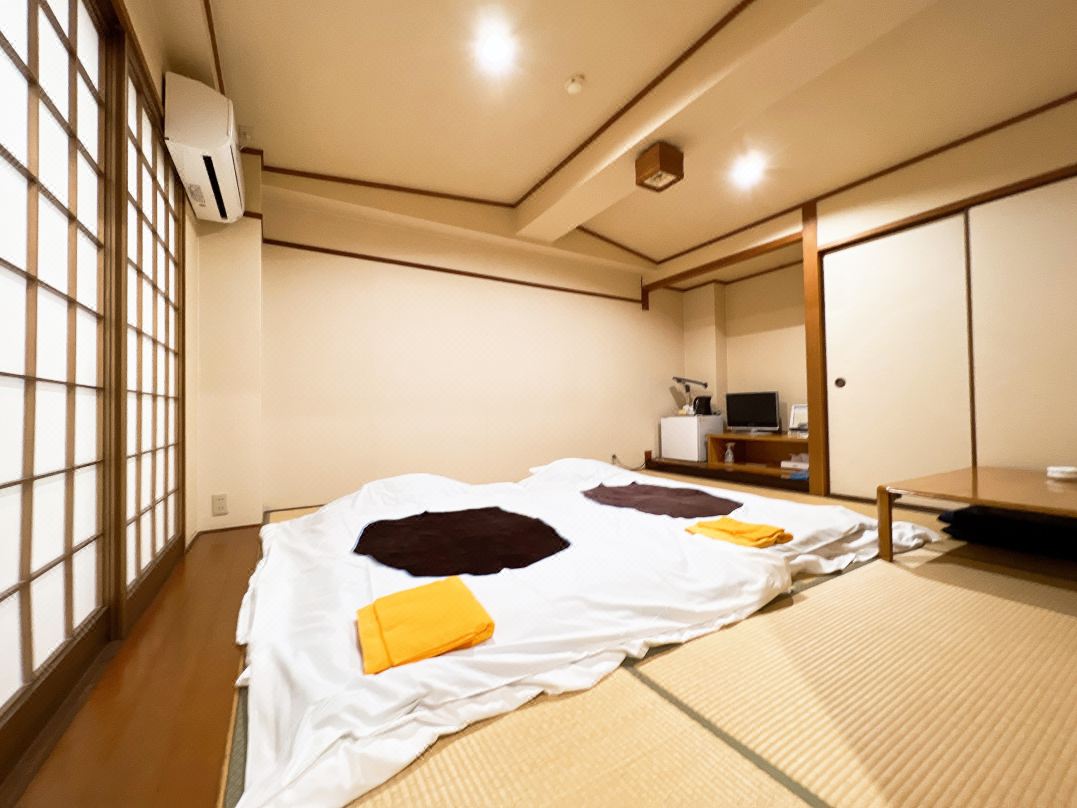
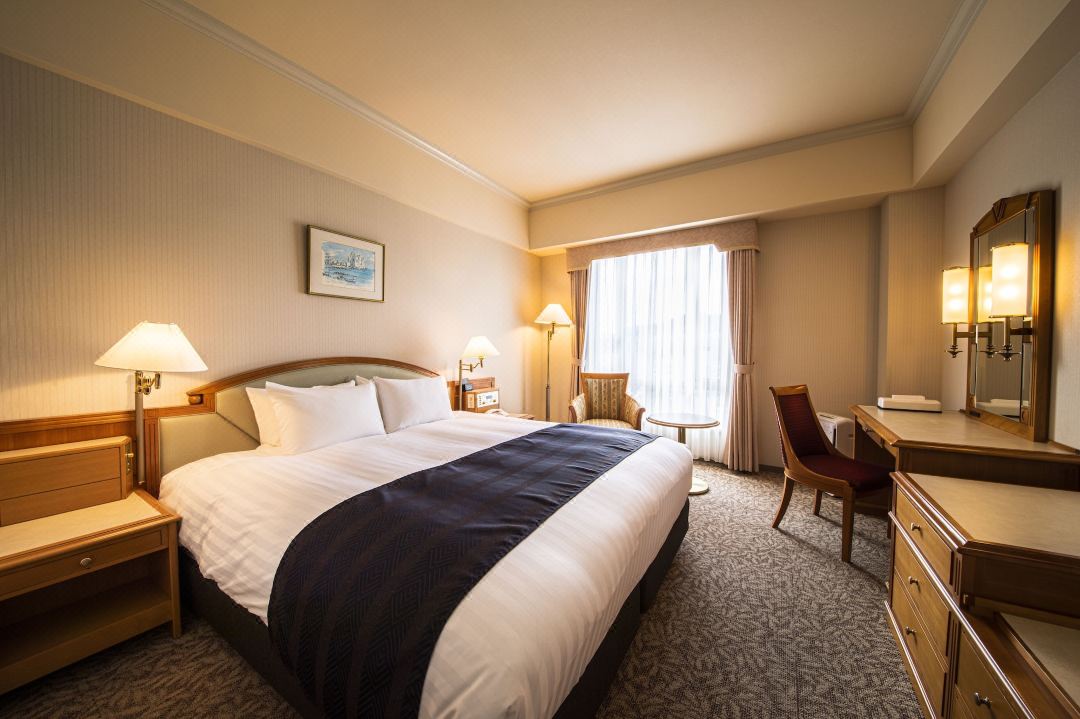






![[2025 Latest] How to get from Fukuoka to Hiroshima quickly and cheaply? A thorough explanation of the Shinkansen, bus, and car transportation options!](https://resources.matcha-jp.com/resize/720x2000/2024/06/17-183825.webp)

































![[2026 Edition] FORMUAL 1 JAPANESE GRAND PRIX Information](https://resources.matcha-jp.com/resize/720x2000/2025/10/05-245984.webp)


![[2025 Update] Namba's spectacular illuminations! "Namba Hikari Tabi" with approximately 1 million shining lights](https://resources.matcha-jp.com/resize/720x2000/2025/12/12-252825.webp)